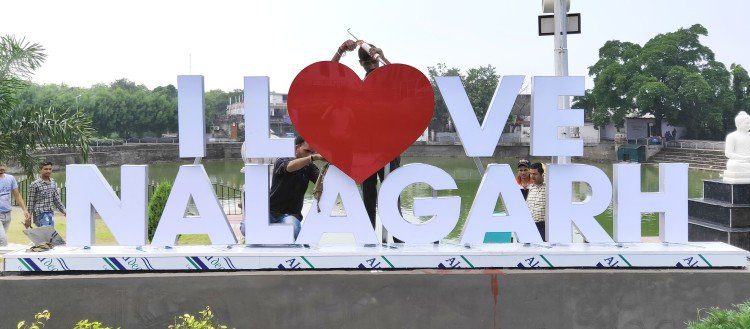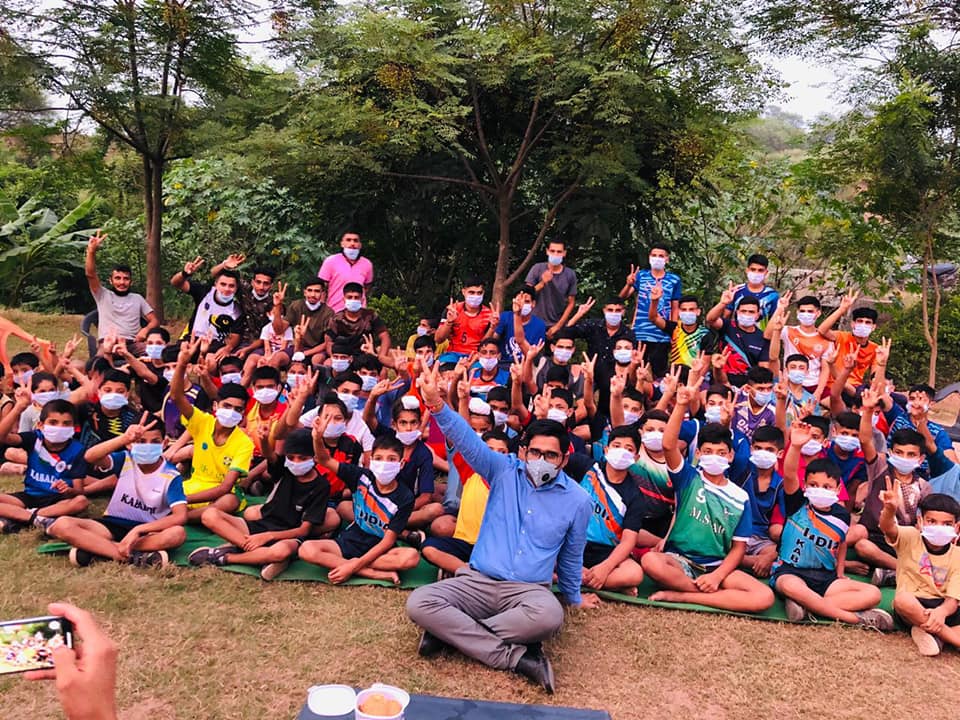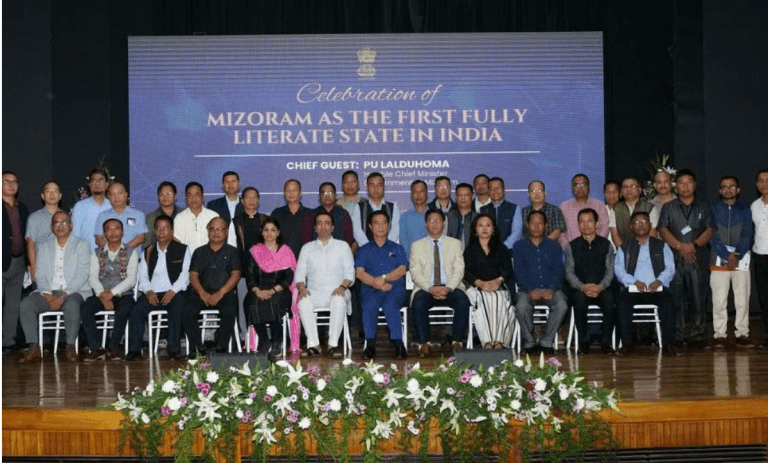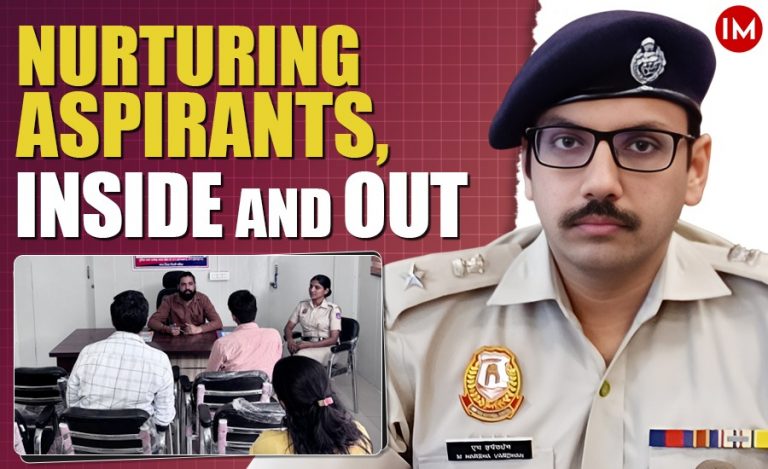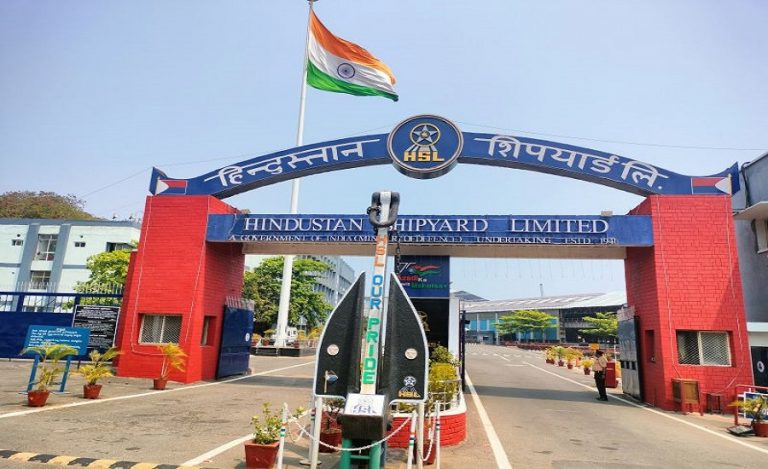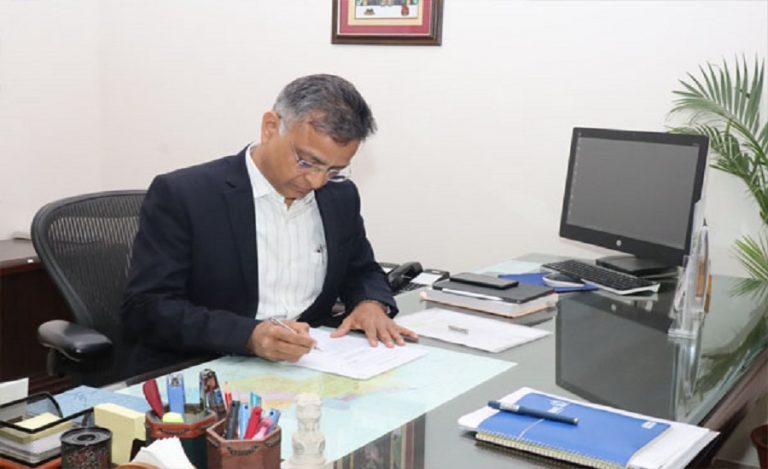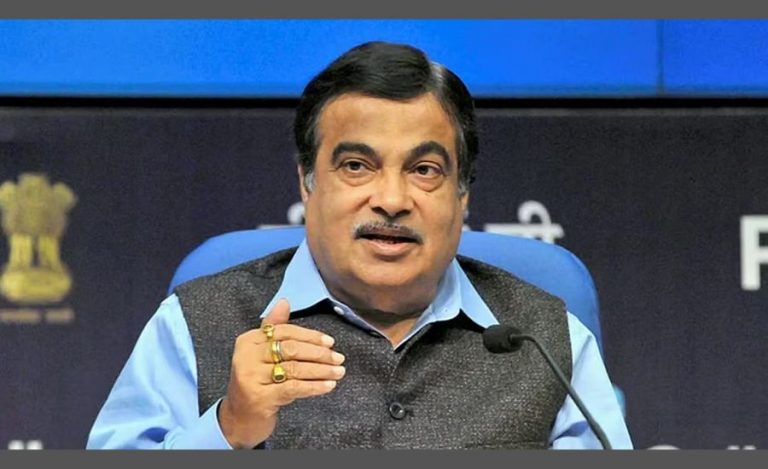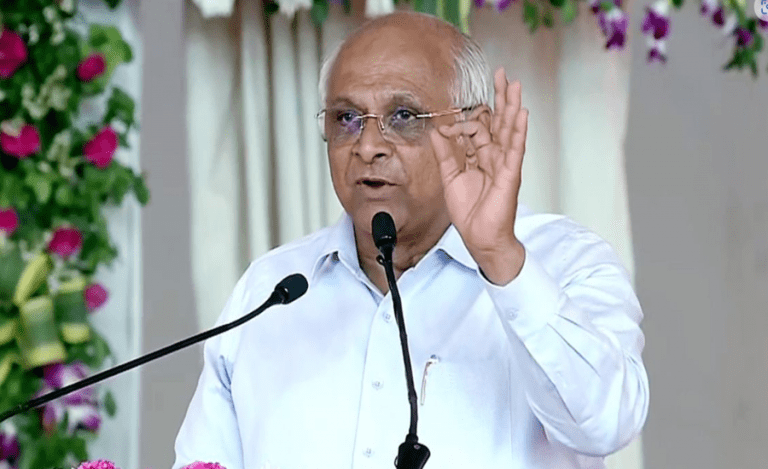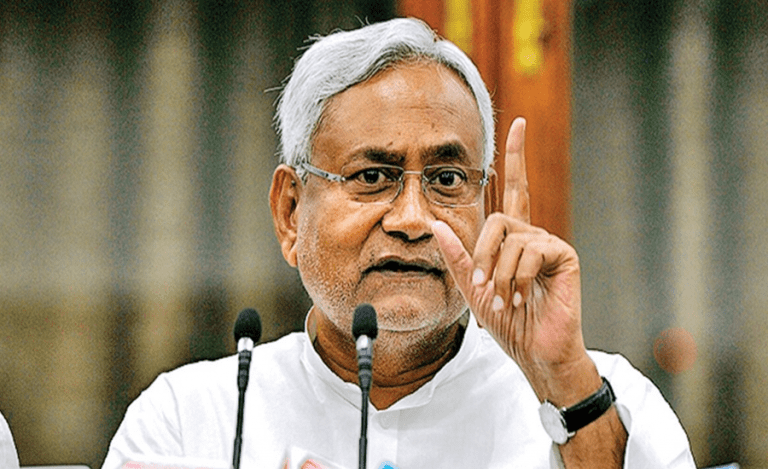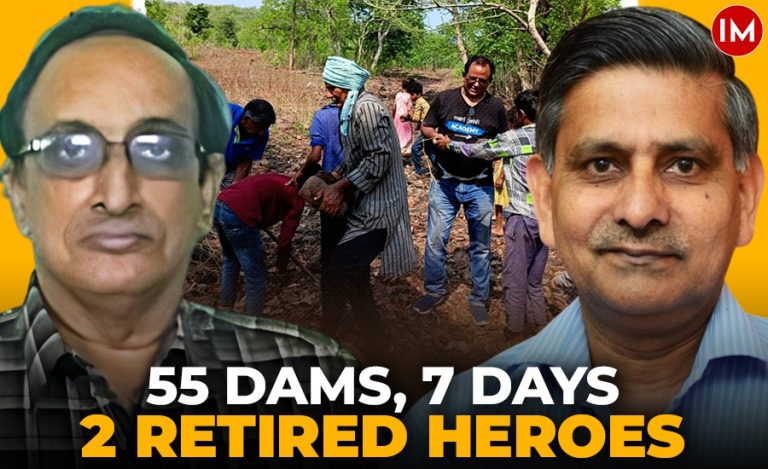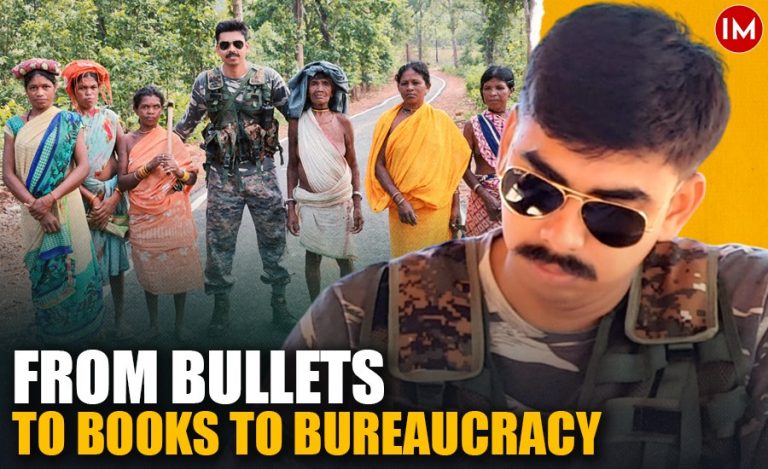The pandemic changed the lives of children as their normal routine was disrupted and they started spending most of their time at home. Even their schooling happened through online classes. But this was not possible for children from marginalised sections of society as their parents could not afford smart phones or laptops that are required for online classes. An IAS officer in Himachal Pradesh’s Solan district noticed this and started an education campaign. He is SDM Mahendra Pal Gurjar of Nalagarh city of the district.
Today, because of his efforts, migrant children living in slums have also started attending schools that are slowing opening as restriction are being lifted. Children who used to pick up junk or do other forms of child labour, and for whom school was just a dream, are now going to school to get education along with the children of other more privilege families.

SCHOOLING FOR MIGRANT KIDS
There is a pharma hub in the BBN industrial area of Solan district. There are factories of many big pharma companies of the country, so workers from all over the country come here to work. The BBN area is divided into Nalagarh, Baddi and 77 panchayat areas. When the Covid pandemic came and there was lockdown across the country, all doors of education were closed for the children of the workers here as they could not attend online classes.But now, after the opening of the schools, 164 migrant children are getting education by taking admission in the schools of BBN area. All due to the efforts of an IAS officer who made it all happen through his foresightedness and compassion.
NAI DISHA CAMPAIGN
The ‘Nai Disha’ campaign was started by IAS Mahendra Pal to create awareness about education among the children of migrant workers in the BBN area. This noble initiative received active cooperation from the public.
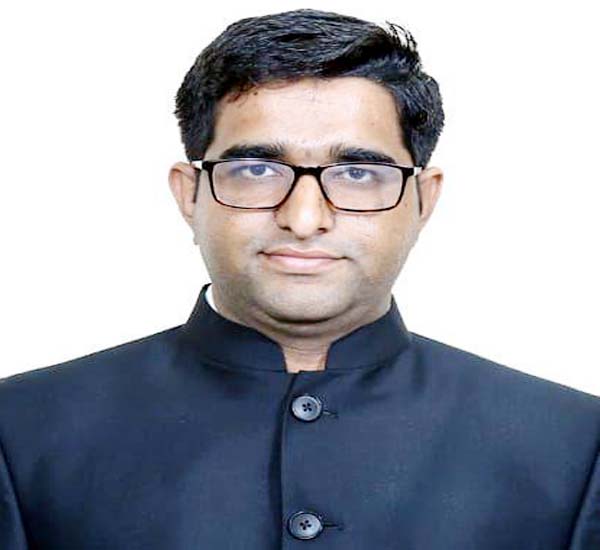
Mr Pal, while talking to Indian Masterminds,said that during the time when schools were closed and online classes were going on, they did a baseline survey among the children of workers and found that 560 children who were not going to school. Most of these children were children of migrant workers from other districts. They could not take online classes due to non-availability of mobile phones and no internet facility.
“We got documents prepared for these children,like Aadhar card or any other identity card. For this, special camps were set up and the administration team made door-to-door visits. Then all these children were admitted to schools near their slums. Now that the schools have opened again, we have again called for reports from the schools. It has been found that 164 children are going to school. We are tracking the rest of the children whether they have gone to their state or are still here.”

EDUCATION FOR ALL
The efforts of the Nalagarh administration have succeeded in changing the lives of the slum children for the better. Now they are not only getting education, but are also taking advantage of many facilities of the school, including mid-day meal. The parents are also becoming aware about the various government schemes for their children, and, as a result, they have stopped sending their children out for work. In this way, child labour is being tackled by the administration. However, Mr. Pal believes that much more needs to be done yet. Their aim is to educate all such children and bring them into the mainstream of the society.
“We have given our control room numbers to all the panchayats of Nalagarh and the entire city. My appeal is that if any child between 6 to 14 years of age is found deprived of education, then tell us immediately. We also take the help of an NGO, ‘Magic Bus Foundation’, for this initiative.”
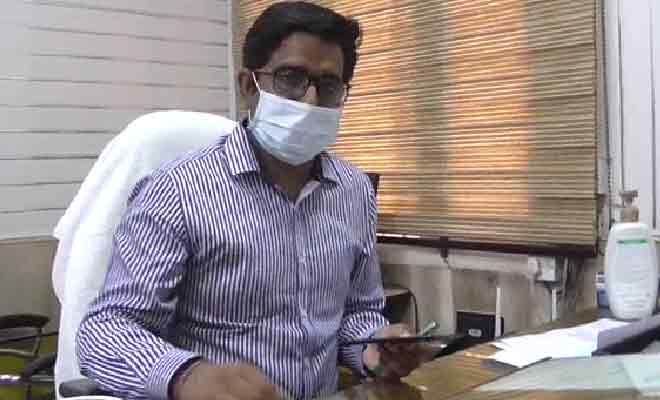
FAST CHANGING PICTURE OF NALAGARH
Apart from these efforts, Mr. Pal is also benefiting the general public through his many other initiatives. The administration has started free online coaching for IAS and other competitive exams through the Heritage Society. Before Covid, 93 students were being taught in this coaching. At the same time, an indoor stadium has also been built by the administration in Nalagarh, where there are five badminton courts. As a result, young children interested in sports are getting better training opportunities in this stadium now.
